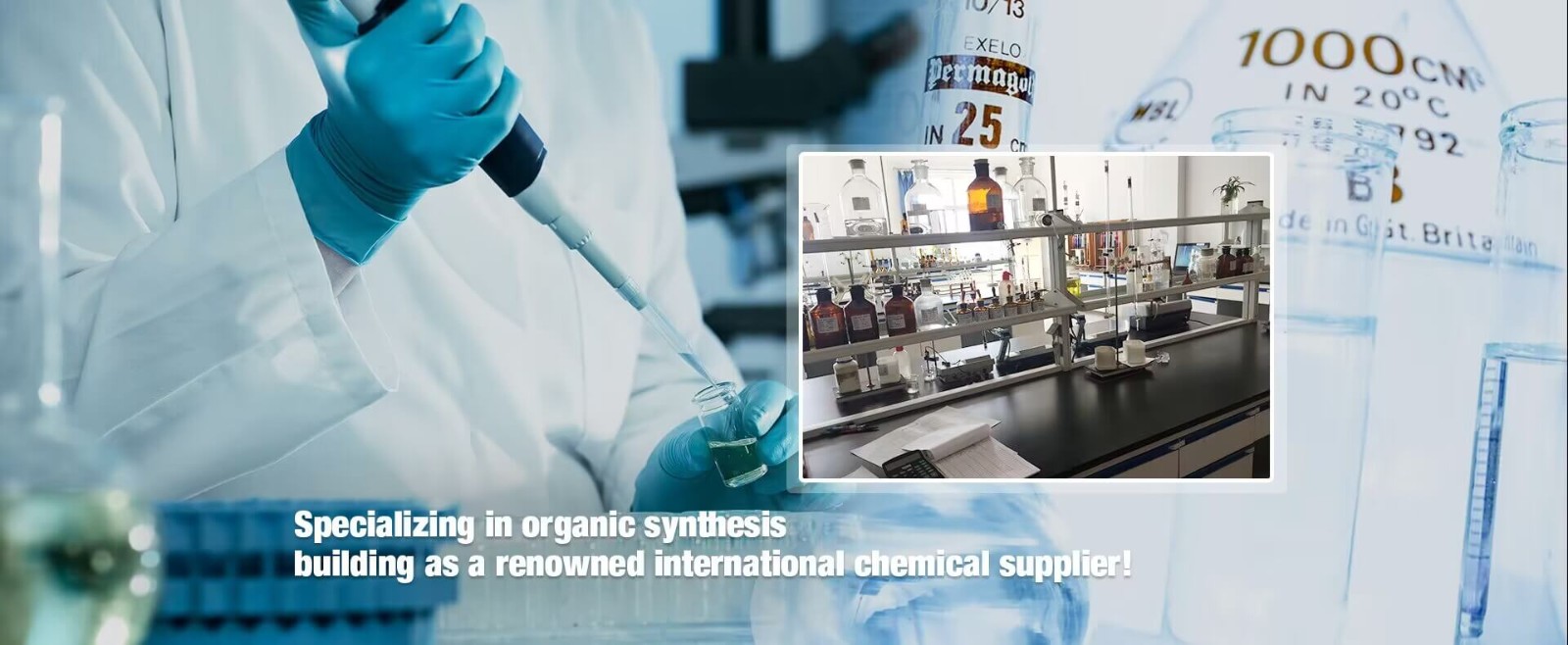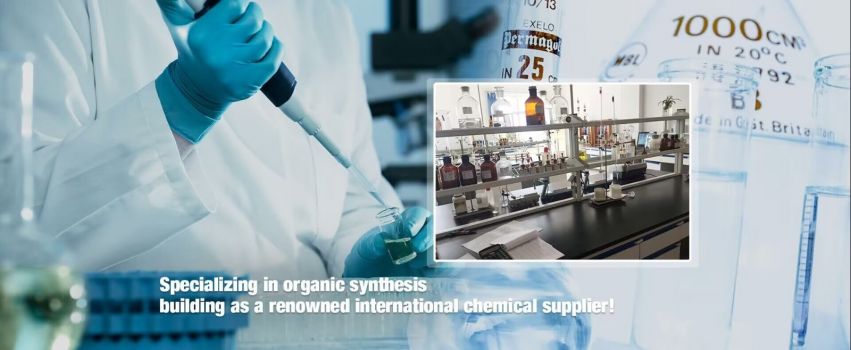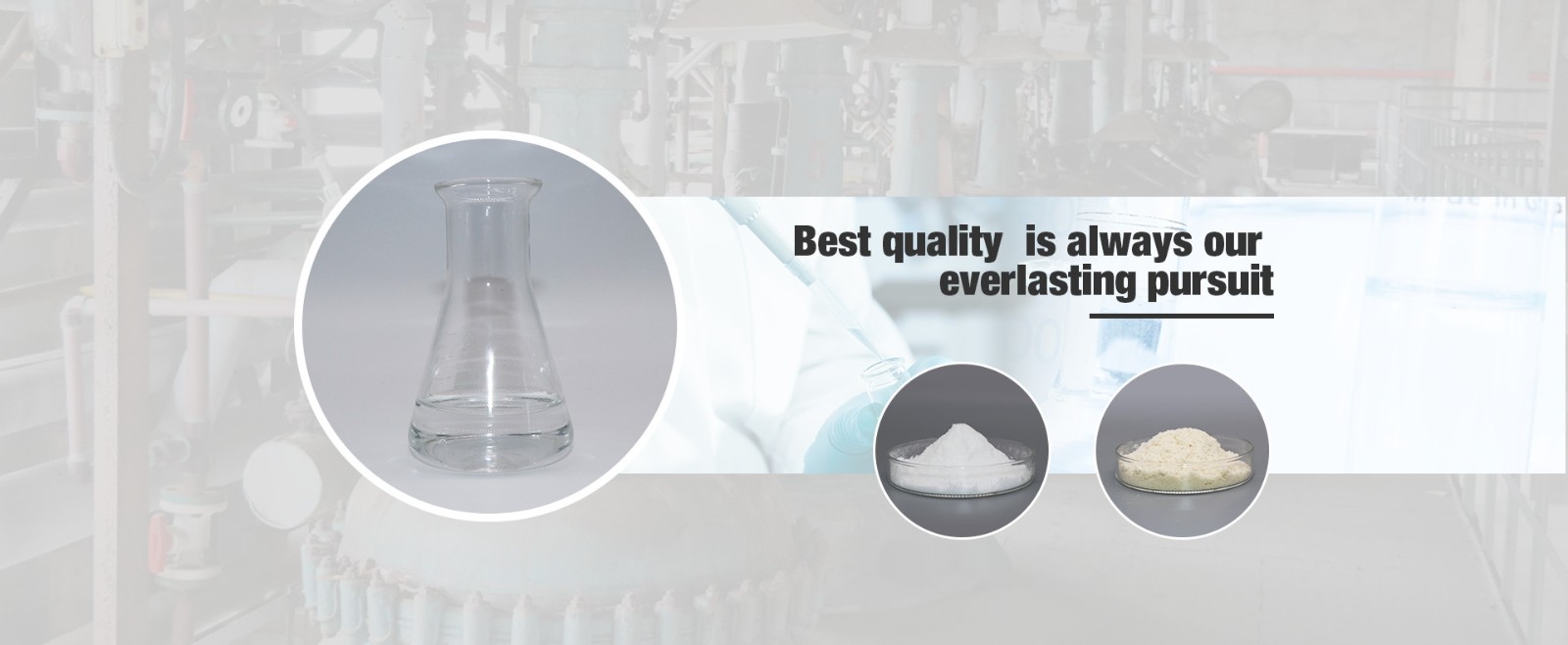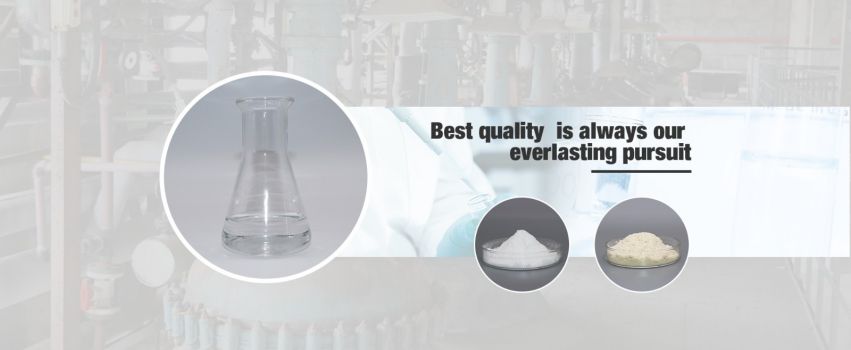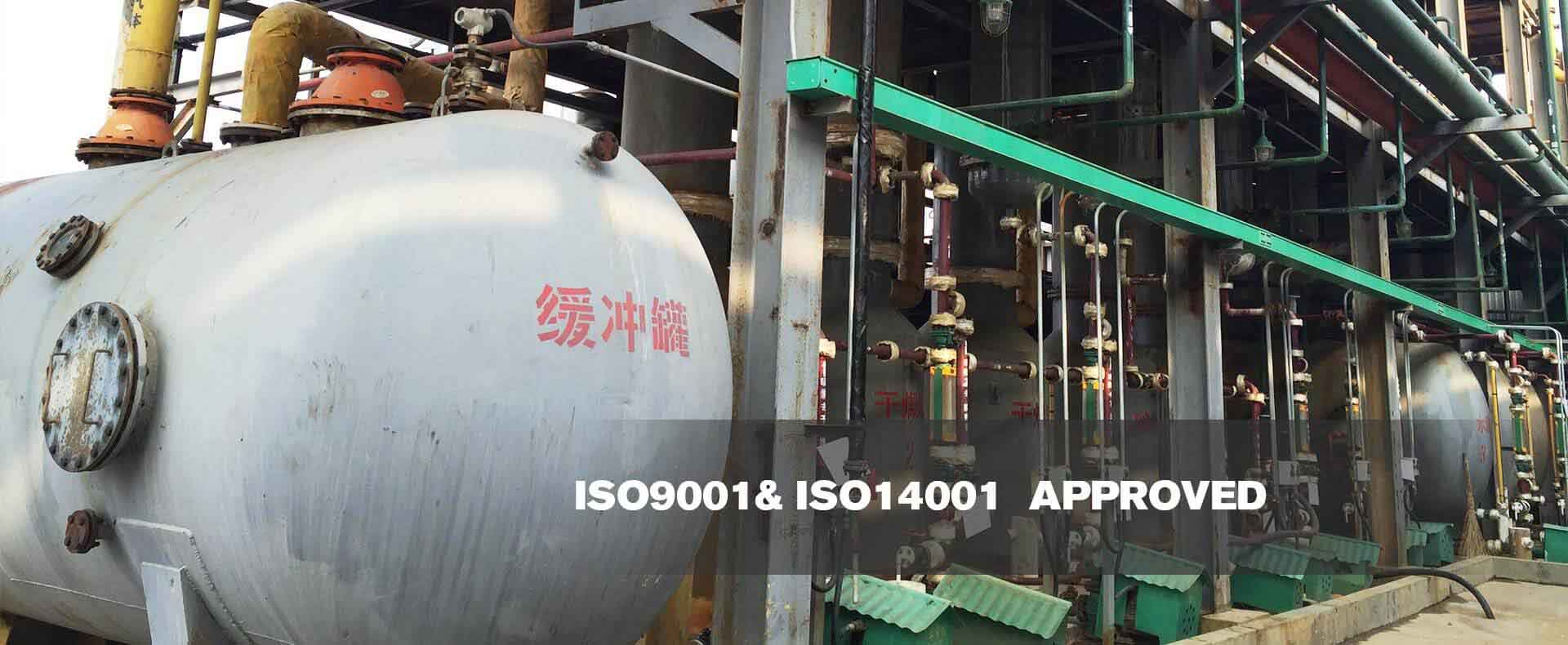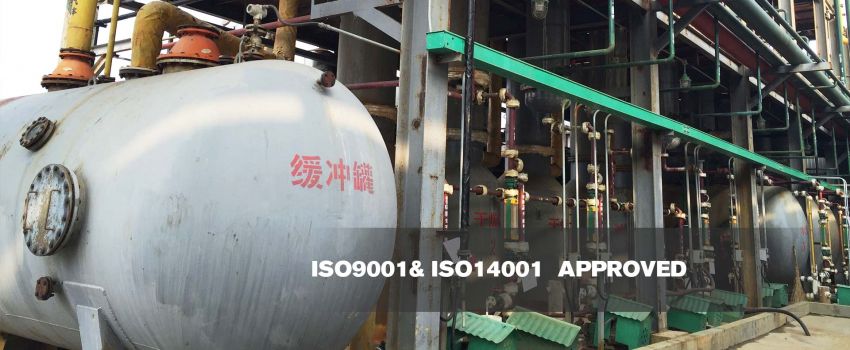Inorganic chemicals are chemical compounds that do not contain carbon-hydrogen bonds. They are typically derived from minerals or other non-living sources, and they are used in a wide range of applications, including the production of fertilizers, detergents, and other industrial chemicals. Inorganic chemicals can be divided into several categories, including acids, bases, salts, and oxides.
Some examples of inorganic chemicals include:
1. Acids: These are chemicals that donate hydrogen ions (H+) in a chemical reaction. They are typically characterized by their sour taste and their ability to react with metals to produce hydrogen gas. Examples of acids include hydrochloric acid, sulfuric acid, and nitric acid.
2. Bases: These are chemicals that accept hydrogen ions (H+) in a chemical reaction. They are typically characterized by their soapy feel and their ability to neutralize acids. Examples of bases include sodium hydroxide, potassium hydroxide, and calcium hydroxide.
3. Salts: These are chemicals that are formed when an acid and a base react to neutralize each other. They are typically characterized by their ability to conduct electricity when dissolved in water. Examples of salts include sodium chloride, potassium chloride, and magnesium chloride.
4. Oxides: These are chemicals that contain oxygen and another element. They can be classified as either acidic or basic, depending on their ability to donate or accept hydrogen ions. Examples of oxides include carbon dioxide, sulfur dioxide, and nitrogen dioxide.









